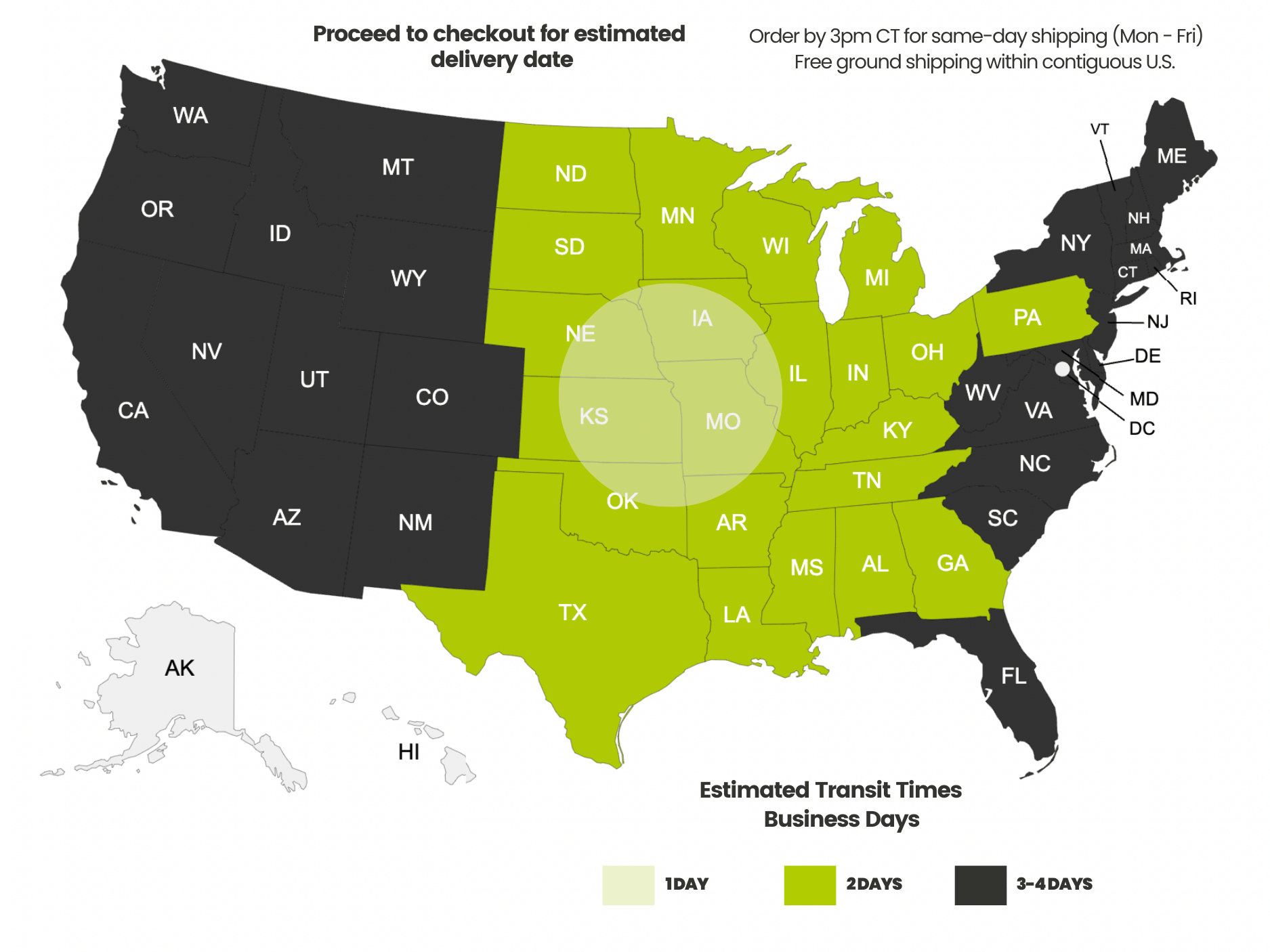Payment methods accepted

Cat6A Ethernet Cable, Know Which Ethernet Cables to Buy for Your Application
Written by Rita Mailheau, Information Security & Technology Writer
Continuing with our three-part series comparing the characteristics of Cat5e, Cat6 and Cat6A Ethernet cable, trueCABLE is exploring the benefits of Cat6A. Knowing which cable to buy can save time and simplify your installation process. We’re weighing performance versus cost to help you identify your best investment for the near future.
What applications run on Cat6A Ethernet cables?
Cat6A Ethernet cable is a forward-looking option for PoE devices with higher power demands, where thicker shielding, broader frequencies, and speed facilitate the data required for smart technologies without heating your cable and resulting in downtime. Administrators often use Cat6A cables to reduce DC resistance and the resultant power loss while maintaining performance. Cat6A cables are ideal to pair with fiber optic cable installations because of greater bandwidth compatibility. With the potential for better speeds and less crosstalk, Cat6A will take enterprise IT networks and homeowners through the next few technology refreshes with ease.
Of the three Ethernet cables profiled in our “Know your cable” series, Cat6A is the most flexible in its deployments because of its potential compatibility with future low-powered devices (PDs), such as next generation smart TVs, virtual assistants, LED smart lighting, smart video doorbells and thermostats.
How Cat6A is different from regular Cat6
Per ANSI/TIA 568 C.2, Cat6A (link to our post) doubles the operating frequency of the cable from 250 MHz to 500 MHz and supports bandwidth on the order of 10X higher (10 Gigabit) than regular Cat6 all the way out to 100 meters. Cat6 cabling supports 10 Gigabit Ethernet as well, but only to 110 feet (normal) and possibly to 165 feet (on a case by case basis). Why?
Cat6A has a cable gauge of 23 AWG, the same as Cat6, but employs construction strategies like thicker casings than Cat 6 and the copper is more tightly wound, providing more copper per inch. It’s heartier than plain Cat 6, but more copper means more money. The big decision on whether to go with the costlier Cat6A becomes simple. Are your PDs farther than 110 feet? If yes, go with Cat6A. Even if there’s a mix or a potential for longer distances due to low crosstalk conditions, go with Cat6A. It’ll save a boatload of aggravation in the long run.
Cat6A cables also have more robust sheathing improving the signal-to-noise ratio (SNR) of Cat6. ANSI/TIA specifies that Cat6A cables support a frequency of up to 500 MHz, while Cat6 cables support bandwidth frequencies up to 250 MHz. The Cat5e specification is a trifling 100 MHz.
Cost per foot
The price you pay for Cat6A cable depends on several things. Shielding is more expensive but opens the possibilities for a broader range of deployments. Bulk quantities are also budget-friendly. Both shielded and unshielded Cat6A cable come in every type of jacket rating.
NOTE: use the handy search filter to the left on each of the Ethernet cable collection pages for a quick search.
Riser rated Cat6A Ethernet cable has some fire-resistance and is designed to be used between the floors of buildings (not plenum spaces), and can run about $290 per 1,000 feet for shielded. Unshielded is $239 per 1,000 feet.
Plenum rated Cat6A Ethernet cable is more fire resistant and designed to be used in the plenum spaces of buildings due to low toxicity smoke emitted if it actually burns. Unshielded runs $385 per 1,000 feet and shielded $512.
Recommended RJ45 plugs
To take full advantage of the benefits of shielded cable, be sure to use shielded RJ45 connectors. The entire length of your cable installation is otherwise vulnerable to electromagnetic interference (EMI), including the ends. To learn more about selecting the correct connector for your installation and other valuable information, check out the trueCABLE Cable Academy page.
Maximum supported bandwidth at a given distance
Cat6A (802.3bz IEEE) can run up to 10Gbp/s standard for up to 100 meters. Cat6A is further backward compatible with standard 1 Gigabit and as a bonus will operate at 2.5 and 5.0 Gbp/s at 328 feet with NBASE-T technology.
Shielding terminology
The following acronyms are used to identify common types of Ethernet cable:
- U/UTP = Unshielded completely
- F/UTP = Overall foil shield, individual twisted pairs unshielded
- S/FTP = Overall screen braid shield, individual twisted pairs are foil shielded
- U/FTP = Unshielded overall, but individual twisted pairs are foil shielded
- SF/FTP = Overall screen braid AND foil shield, plus individual twisted pairs are foil shielded
Common bulk lengths sold (boxes versus reels)
Cat6A Ethernet cable may be purchased in lengths of 1,000 feet on spools.
Read the other articles in this series:
Cat6 Ethernet Cable, Which Ethernet Cables to Buy for Your Application
Cat5e Ethernet Cable, Know Which Ethernet Cables to Buy for Your Application
trueCABLE presents the information on our website, including the “Cable Academy” blog and live chat support, as a service to our customers and other visitors to our website subject to our website terms and conditions. While the information on this website is about data networking and electrical issues, it is not professional advice and any reliance on such material is at your own risk.



























